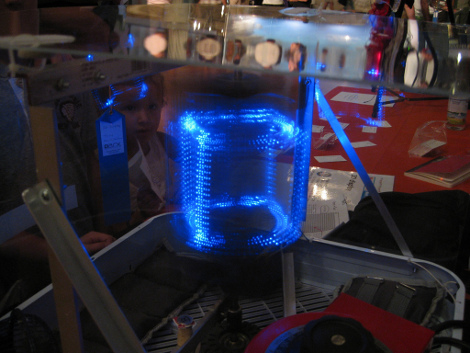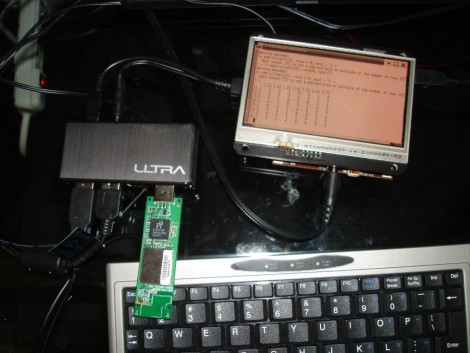
Programmer/designer [Steven Wittens] has posted a fantastic write-up on the black art of producing compact demo code, dissecting his own entry in the 1K JavaScript Demo Contest. The goal is to produce the best JavaScript demo that can be expressed in 1024 characters or less and works reliably across all standards-compliant web browsers.
[Wittens] details several techniques for creating a lot of visual flash in very few bytes, including the use of procedural graphics rather than fixed datasets, exploiting prime numbers to avoid obvious repetitions in movement, and strategically fudging formulas to save space while adding visual interest. These methods are just as applicable to other memory-constrained situations, not just JavaScript — some of the contest entries bear a resemblance to the compact microcontroller demos we’ve previously showcased, except running in your browser window.
The contest runs through September 10th, allowing ample time to come up with something even more clever. Whether he wins or not, we think [Steven] deserves special merit on account of having one of the most stylish blogs in recent memory!















